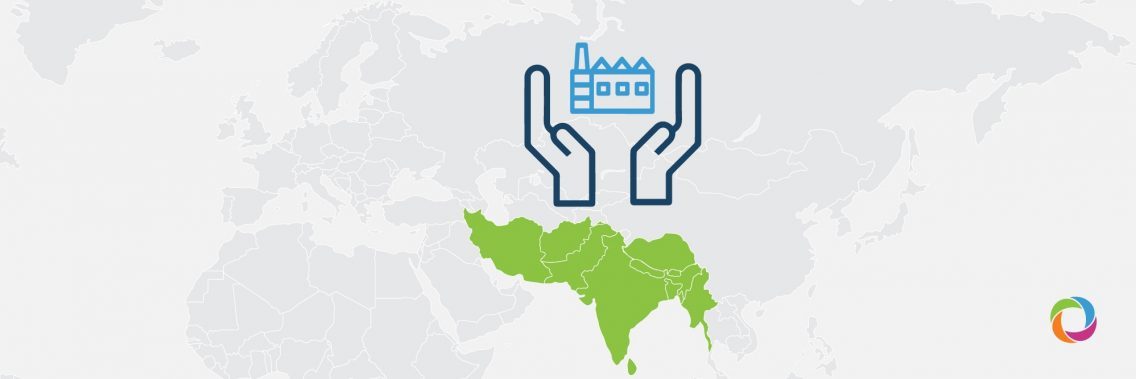According to the World Bank and the OECD, SME development is critical for achieving the SDGs. In short, they are crucial to the “Leaving No One Behind” principle that is central to the 2030 Agenda. SMEs have played an important role in developing countries in South Asia and remain a critical source of employment creation as well as income generation. Meanwhile, they face great challenges when it comes to financing. We asked several experts to share their opinions regarding the role of SMEs in South Asia and also what difficulties SMEs’ face in South Asia in accessing finance.
What role do SMEs play in South Asia?

“SMEs play an important role in the economies of South Asia and South East Asia. In some countries, they account for by far the most employment. For example, in Indonesia, they account for almost 98% of total employment. However, in countries such as India, this is lower as certain state employers (such as the railways) represent a significant percentage of all employers but SMEs still play an important part, over 40%. As far as contribution to Gross Domestic Product (GDP) is concerned, this is obviously smaller as the turnover figures of larger entities are disproportionately large – from about 17% to the national GDP in low- income countries including India, to about 40 to 50% in the higher income countries, like Malaysia and Singapore.”

“The SME segment covers a diverse economic base, helps to deliver goods and services to the bottom of the social pyramid, has become a resilient shock absorber in the economy during economic crises and can be a powerful force for integrating women and youth into the economic mainstream. Yet this segment often flies under the radar of policymakers.”

“SMEs are the major source of employment throughout South Asia, accounting for 80% or more of the workforce. SMEs play a central role in inclusive growth and environmental sustainability throughout South Asia. Also, they play key roles in developing sustainable commodity value chains, linking producers to value-added markets.”
What difficulties do SMEs face in South Asia in accessing finance?

“The IFC estimates that in South and East Asia and the Pacific approximately 9 million of all formal SMEs do not have sufficient access to finance. The other challenge is access to the right skills and personnel. Under BASEL regulations, banks are subject to strict capital adequacy requirements and, as risk weightings to SMEs are highly weighted, they are therefore not that profitable. Furthermore, the administration costs of a smaller loan are higher as a percentage of the loan. Accordingly, banks require collateral for lending to reduce the risk weighting, which limits the SME’s capabilities to finance debt.”

“SMEs often lack sufficient legal identity or registration documentation to meet banking requirements. SMEs frequently do not practice good accounting standards or have low levels of financial literacy that contribute to their difficulty to access finance from formal financial institutions. Many SMEs in rural areas of South Asia do not have access to local financial institutions as few banks serve rural locations. In many parts of South Asia, there is insufficient financial and business service provider capacity to train and guide SMEs in financial planning and management practices.”

“Access to finance is one of the top three constraints SMEs face for doing business. SME credit markets are characterized by imperfections, with a weak architecture, narrow coverage, inadequate recognized collateral, high transaction costs of small-scale lending and perception of high risk. Often, exclusive reliance on personal equity or informal money lenders increase costs and limit growth.”

“The World Bank estimates that of the 78 million SMEs which exist in South Asia, only 34 million even have a bank account, with 11 million having a loan or overdraft. That leaves a funding gap of some 36 million businesses that do not have funding and, in the majority of those cases, do not even have access to funding should they require it. In purely financial terms, the ADB estimates the credit gap to be between US$10bn to US$20bn. But what about the funding or credit gap and access to finance? The majority of the unbanked are in this category, not out of choice but simply because they cannot gain access to any formal banking. According to the World Bank Findex report, nearly half of all unbanked adults live in just seven economies globally, of which three are in South Asia; namely India, Pakistan and Bangladesh.”
Check all job opportunities in SMEs and private sector in Asia, available on DevelopmentAid platform, here.

